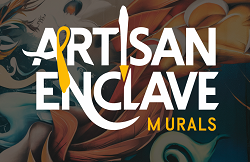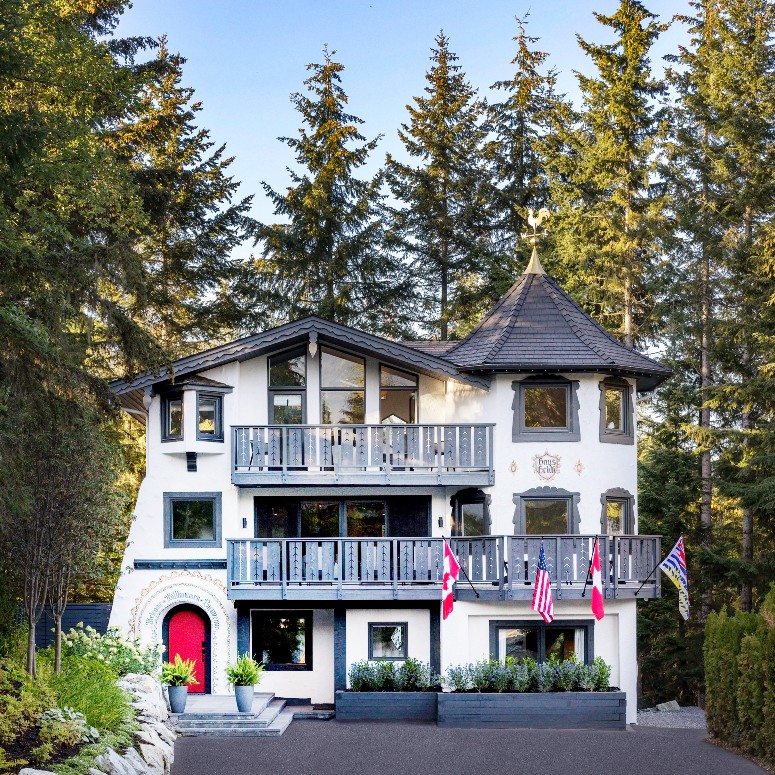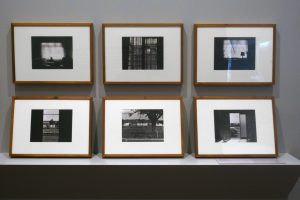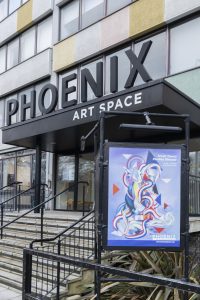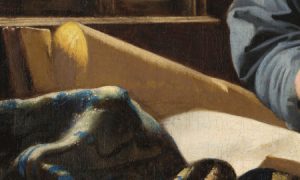Murals are more than just large paintings on walls; they are a vibrant expression of community identity and personal creativity. However, the application of murals involves more than artistic skill—the nature of the wall itself plays a crucial role in the success of a mural. This article delves into the challenges artists face when applying murals to non-standard wall surfaces, exploring the technical hurdles and innovative solutions that define this unique aspect of mural art, including the use of modern peel and stick wall murals.
Understanding Non-Standard Wall Surfaces
Non-standard wall surfaces refer to any wall that deviates from the typical smooth, flat, and untextured facade. These can include surfaces made from materials like brick, stone, concrete with high relief patterns, or those that are significantly damaged or degraded.
- Common characteristics of these surfaces include irregularities, porosity, and environmental wear which can complicate adhesion and longevity.
- Issues often arise from the increased preparation time, special materials needed, and the advanced skills required to achieve desired outcomes.
Preparatory Challenges
Preparation is key in mural application, especially on non-standard surfaces. Proper preparation ensures that the mural will not only adhere to the surface but will also stand the test of time.
- Surface Cleaning: All surfaces must be cleaned thoroughly to remove dirt, grease, and biological growth.
- Surface Smoothing: Some textured surfaces may need to be smoothed or leveled with plaster or a similar compound.
- Priming: A high-quality primer can facilitate better paint adhesion and help seal the surface.
Table 1: Preparation Steps for Different Surfaces
| Surface Type | Cleaning | Smoothing | Priming |
|---|---|---|---|
| Brick | Yes | Sometimes | Yes |
| Stone | Yes | No | Yes |
| Concrete | Yes | Yes | Yes |
Adhesion Difficulties
Adhesion issues are particularly pronounced on non-standard surfaces due to their irregular textures and porosity. These factors can prevent paint from adhering uniformly, leading to peeling or chipping over time.
- Textured Surfaces: Require thicker layers of primer and sometimes a bonding agent.
- Porous Surfaces: Might absorb paint unevenly, necessitating multiple application layers or special sealants.
Moisture and Environmental Effects
Moisture and environmental conditions can severely impact mural longevity, especially on non-standard surfaces which are often more exposed to the elements.
- Moisture Intrusion: Can cause paint to lift or bubble.
- Temperature Fluctuations: Can lead to expansion and contraction of the wall material, which may crack or damage the mural.
Material and Technique Adaptations
Choosing the right materials and techniques is crucial for success on non-standard surfaces. Artists often need to experiment with different approaches to find what works best for a specific surface.
- Materials: High-quality, flexible outdoor paints and primers designed for specific surface types.
- Techniques: Using brushes, rollers, or sprays that adapt to surface irregularities.
Maintenance and Durability Concerns
Maintaining murals on non-standard surfaces requires more frequent inspections and potential touch-ups due to the increased risk of environmental damage.

- Regular Maintenance: Checking for signs of wear or damage, such as fa click here for more info ding, peeling, or cracking.
- Protective Coatings: Applying UV-resistant and waterproof coatings can extend the life of a mural.
Innovative Solutions and Alternatives
As muralists encounter more non-standard surfaces, innovation in materials and methods has blossomed. Some artists are turning to digital installations or removable mural technologies as alternatives.
- Digital Murals: Projected or screen-based installations that can be easily updated or changed without physical impact on the wall.
- Removable Murals: Using materials like vinyl that can be applied and removed without damaging the underlying surface.
Case Studies
Several successful projects highlight the potential for murals on non-standard surfaces:
- Case Study 1: A mural on a rough brick wall in Philadelphia used a special elastomeric primer to ensure paint adhesion and durability.
- Case Study 2: In Miami, an artist used digital projection to create a dynamic mural on a heavily textured concrete wall, avoiding the challenges of direct application.
Conclusion
While non-standard wall surfaces pose significant challenges for mural application, they also offer unique opportunities for creativity and innovation. By understanding the specific demands of these surfaces and employing both traditional and cutting-edge techniques, artists can overcome these challenges to create enduring and impactful art. The future of mural art on non-standard surfaces looks bright as materials and methods continue to evolve, pushing the boundaries of what is possible in public and private spaces alike.

I am Nicholas Cremean, your guide and expert in the nuanced world of mural installations. With over a decade of experience in the mural industry, I specialize in bringing artistic visions to life on walls and surfaces of all types.
